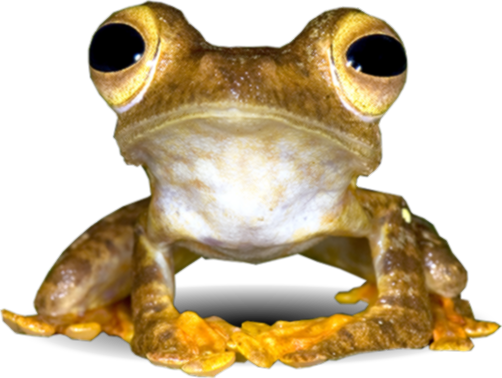Dipterocarpus rigidus, locally known as “Keruing cogan” in Peninsular Malaysia and “Keruing utap” in Sarawak, is a tree species from the Dipterocarpaceae family. The name rigidus means stiff, referring to the leaf blade. This tree is commonly found in Southeast Asia, especially in Borneo, Sumatra and Peninsular Malaysia. In Peninsular Malaysia, it grows in Terengganu, Pahang and Johor. This species thrives from lowland to hill forests, at elevations between 300 to 750 meters above sea level.
Dipterocarpus rigidus typically grows in well-drained soils and is often found in primary forests. It is a large, emergent tree that can reach up to 50 m high, with a trunk diameter up to 36 cm. When young, the bark is lightly coloured, but becomes rust-brown, rough, vertically cracked and fissured with age. The leathery leaves are usually oblong or elliptical. The leaves are large, i.e., 13-18 cm long and 11-13 cm wide. Each leaf has 12 to 17 leaf veins, and the petiole is about 5 cm long. The lower surfaces of the leaves and petioles are covered with soft, golden tomentose hairs, giving the crown a golden brown appearance from a distance.
The inflorescence of D. rigidus is up to 15 cm long and usually unbranched or occasionally branched with few flowers. The flowers are 5 to 6 cm long and appear in clusters. The petals are yellowish-cream and have a pleasant fragrance. The fruit of the Keruing cogan is winged; each fruit has two large wings measuring about 18 cm by 5 cm. These wings help the fruit to float in the wind, like a small helicopter.
Dipterocarpus rigidus is a highly valued timber species due to its strong hardwood, making it ideal for house construction, doors, and waggon floors. The wood is particularly durable and versatile. According to the Malaysia Red List (Yong et al., 2021), D. rigidus is classified as Endangered (EN), while the IUCN Red List of Threatened Species (Chua et al., 2023) lists it as Vulnerable (VU). The main threats to this species are habitat deforestation and land conversion, which continue to significantly impact its populations. In Sarawak, D. rigidus is found within a network of Totally Protected Areas (TPAs), offering some level of protection. Meanwhile, in Peninsular Malaysia, its populations are located within Permanent Reserved Forests (PRFs), where sustainable forestry practices are implemented.
